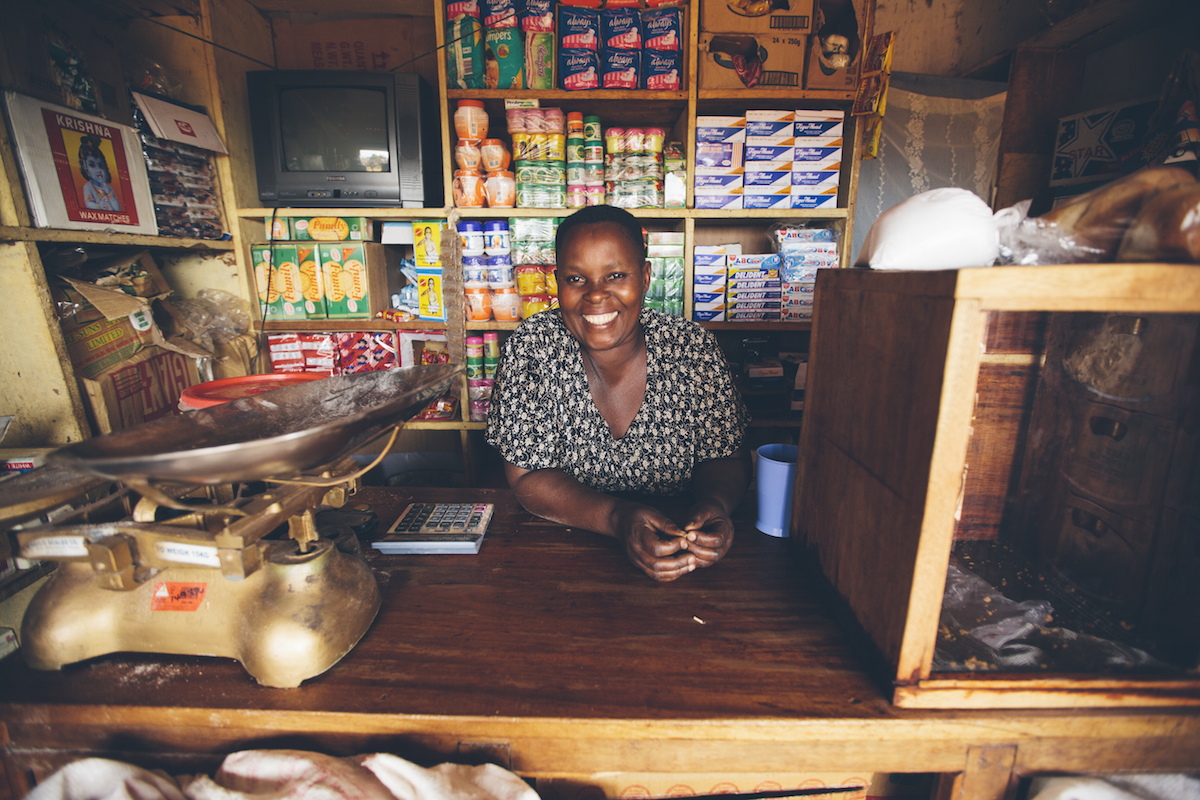
Women account for half the world’s population, but are disproportionally affected by extreme poverty. However, nearly one billion women are poised to enter the global economy over the next decade.
March 8, International Women’s Day, is an opportunity for us to consider how reaching women with vital programs to support everything from girls’ education to workforce participation affects lives, communities, and nations, including the U.S.
What does empowering women mean, and is it achievable?
For societies to thrive, women must have the ability to fulfill their potential. Access to education, healthcare, and technology helps give women the power to act freely and exercise their rights.
Expanding opportunities like these not only improves the lives of women around the world, it benefits households and communities. When more women work, economies grow, and developing markets for U.S. goods and services are expanded.
How can the U.S. empower women around the world?
The U.S. International Affairs Budget funds programs that are critical for promoting efforts such as furthering women and girls’ education, job and small business training and mentoring, agricultural exchanges, and maternal and child health. Many of these specific initiatives are implemented through public-private partnerships, such as those with FHI 360, an American nonprofit development organization active in over 70 countries and the U.S. that works to empower women and improve lives across the globe.

A recent report from FHI 360 on USAID projects aimed at women’s economic empowerment and equality (also known as WE3) highlights key opportunities for American leadership through U.S. international affairs programs.
Here are three ways that these initiatives can affect vital change for women.

Expanding opportunities for women has come a long way, and though we have more work to do, Americans can feel proud of the incredible impact that less than 1 percent of our federal budget has in the world. Working to better empower half of our population is the right thing and the smart thing to do— for communities, for the U.S., and for women across the world.